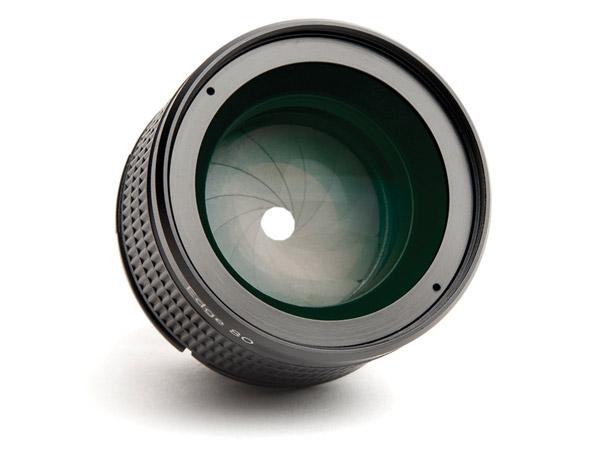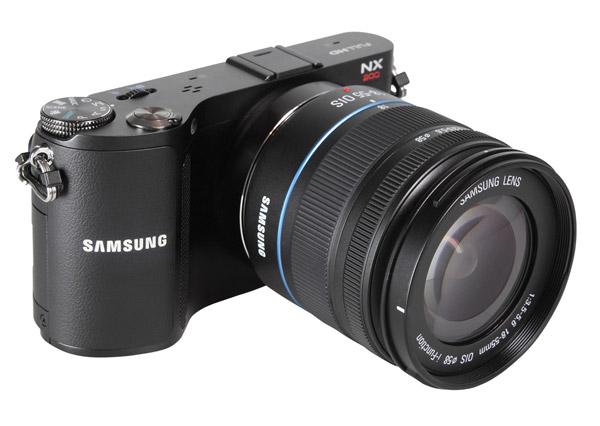George Schaub
|
Jun 15, 2012 |
First Published: May 01, 2012
|
Jun 12, 2012 |
First Published: May 01, 2012
|
Jun 08, 2012
|
May 22, 2012
|
May 15, 2012
|
May 14, 2012 |
First Published: Apr 01, 2012
|
May 11, 2012 |
First Published: Apr 01, 2012
|
May 09, 2012 |
First Published: Apr 01, 2012
|
May 03, 2012 |
First Published: Mar 01, 2012
|
Apr 24, 2012 |
First Published: Mar 01, 2012

 Ilford has relaunched their Galerie brand of inkjet papers, with one segment dubbed their “Prestige” brand. This is a first hands-on test of their Galerie Prestige Smooth High Gloss 215 gsm, based on pre-launch samples I was supplied.
Ilford has relaunched their Galerie brand of inkjet papers, with one segment dubbed their “Prestige” brand. This is a first hands-on test of their Galerie Prestige Smooth High Gloss 215 gsm, based on pre-launch samples I was supplied.




